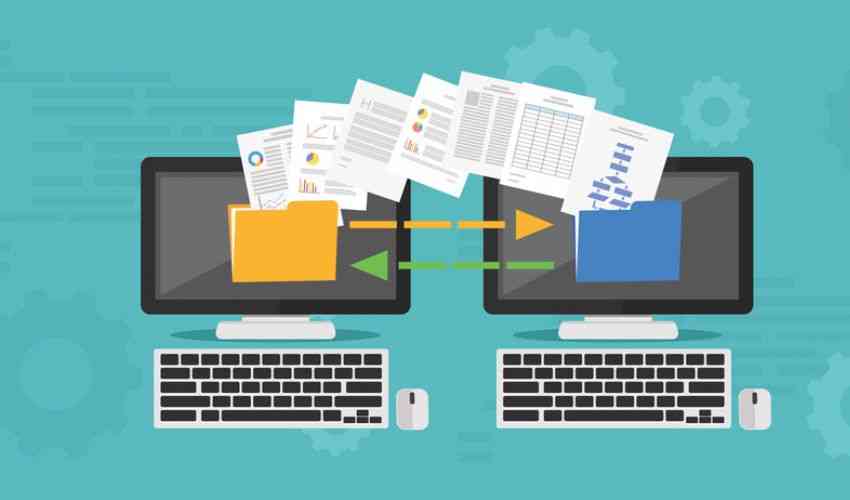
22 Jan Italian e-invoices
As January 1, 2019 all invoices issued regarding the sale of goods and the providing of services carried out between subjects residing or established in Italy, are only electronic: Fattura Elettronica.
The obligation of electronic invoices, introduced by the 2018 Italian Fiscal Law, is valid both in the case where the sale of the goods or the provision of services is carried out between two VAT subjects (B2B transactions), and in the case where the sale/provision is carried out by a VAT subject towards a final consumer (B2C transactions).
The rules for preparing, transmitting, receiving and archiving electronic invoices are established by the Law Decree No. 89757 of April 30, 2018 published on the website of the Agenzia delle Entrate, Italian Tax Authority.
Document digitalization in Italy, as well as in Europe, is an irreversible and necessary process for many reasons:
– The need to fight against tax fraud;
– The need of more administrative flexibility;
– The need to reduce bureaucracy complexity.
Rules for issuing e-invoices
Mandatory e-invoicing affects the way in which the invoice is formed/ generated, delivered to the recipient and stored, but does not introduce a new VAT regime, retaining rules established by VAT laws applicable for its issuance requirement and timing.
In general, the electronic invoice differs from a traditional paper invoice only for the following two main aspects:
– It needs to be written using a PC, laptop, tablet or smartphone
– Must be transmitted electronically to the client through the so-called System of Exchange (SDI)
E-invoices must be issued in a prescribed format XML (eXtensible Markup Language), digitally signed to guarantee authenticity of origin and the integrity of the content and be sent to the Exchange System (SDI) by the taxpayer directly or through designated intermediaries.
All taxpayers must be in possession of a registered e-mail box to which invoices can be sent by SDI, or alternatively, a code attributed when registering on the Agenzia delle Entrate, Italian Tax Authority, website (recipient code). This reference must be shared with suppliers for use on their e-invoices for that company.
SDI is an electronic system managed by Italian Tax Authority, which receives invoices, delivers them to recipients and, under certain conditions, takes care of the electronic storage of e-invoicing for a 10-year period.
Thanks to this provision, SDI, and therefore the Agenzia delle Entrate, acquire real-time data and information concerning all transactions effected by each taxpayer, which may be used for cross-checks and audit purposes.
Once an invoice is received by SDI, and before it is sent to the recipient, an initial formal check is made, to monitor the validity of the invoice format and content, as well as its compatibility with data already in the hands of tax administration.
The verifications carried out by the Exchange System on the XML documents are as follows:
– The presence of the minimum obligatory indications provided by Art. 21 or 21 bis of DPR 633/72
– The presence of the VAT registration number in the tax register of the supplier and the one of the client (or if the document is addressed to a private consumer the Italian Tax Code (social security number)
– The presence of a telematic ID number
– The coherence of the data contained in the document, e.g. the correct indication of the VAT on the basis of the rate, or indication of the code relative to the nature of operation in which VAT should not be applied
***Corrections credit notes will not be possible so the information must be accurate from the beginning.***
What clearly emerges from the above is that the introduction of mandatory and generalized e-invoicing, which will simplify business transactions and reduce compliance when settled, will have a significant impact on the day-to-day running and organization of companies.
For the first half of 2019, Art. 10 of the Decree n. 119 from October 23rd of 2018 indicates that the Tax Authority will not apply penalties if the e-invoice is issued within the VAT liquidation period. If the e-invoice is issued by the end of the following VAT liquidation period, then the tax authority will reduce the penalty by 80 percent.
But in the next future delays and omissions will be sanctioned.

